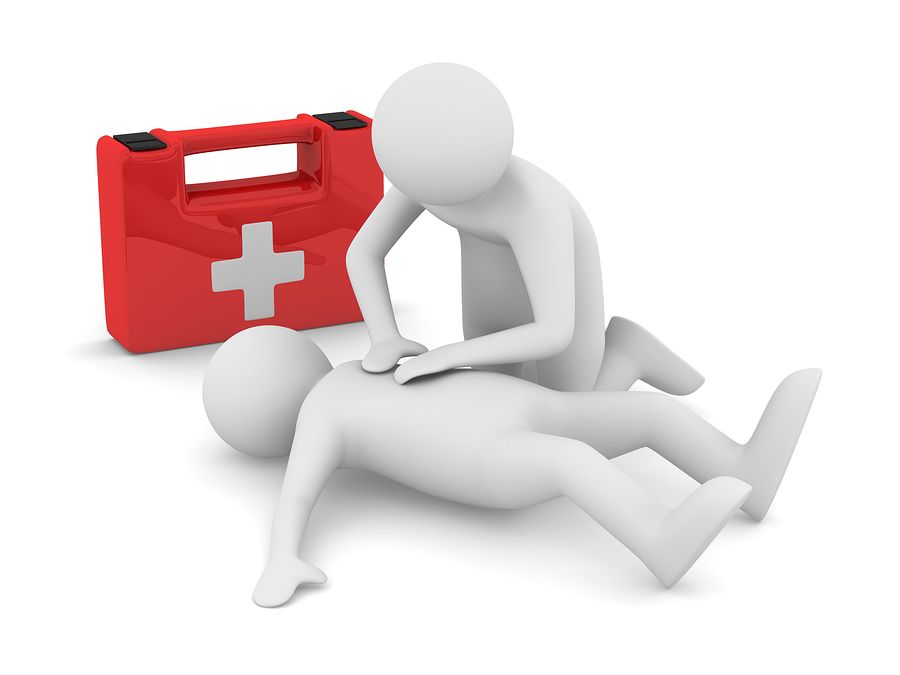
First Aid Cover During Reduced Staffing as a Result of Covid-19
If first-aid cover for your business is reduced because of coronavirus (perhaps your first aiders are furloughed or working from home) or you can’t get the first-aid training you need, there are some things you can do so that you still comply with the law.
You should review your first aid needs assessment and decide if you can still provide the cover needed for the workers that are present and the activities that they are doing.
If there are fewer people coming into your workplace, it may still be safe to operate with reduced first-aid cover. You could also stop higher risk activities.
You could share the first aiders of another business, but be sure that they have the knowledge, experience and availability to cover the first aid needs of your business.
Shared first aiders must:
Whoever provides the temporary cover must make sure they do not adversely affect their own first-aid cover.
If your first aiders hold a first-aid certificate that expires on or after 16 March 2020 and have not been able to access requalification training because of coronavirus, they may qualify for a three-month extension. This applies to the following courses:
To qualify for the extension, you must be able to explain why they have not been able to requalify and demonstrate what steps you have taken to access the training, if asked to do so.
Courses are now available for requalification. In England, the final deadline for requalification for these qualifications is 30 September 2020. There is no deadline yet for Scotland and Wales, but employers or certificate holders are encouraged to arrange requalification training as soon as they can.
There are also online options for first aid training. We use a company called IHASCO. Contact them by clicking here.
Contact us should you require further information.
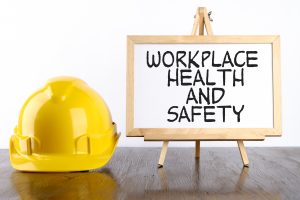
Workplace inspections help prevent injuries and illnesses while promoting safe working. Through critical examination of the workplace, inspections identify and record hazards for corrective action. Joint occupational health and safety committees plan, conduct, report and monitor inspections. Regular workplace inspections are an important part of the overall occupational health and safety program.
As an essential part of a health and safety program, a company should examine the workplace to:
Look at all workplace elements – the environment, the equipment and the process. The environment includes such hazards as noise, vibration, lighting, temperature, and ventilation. Equipment includes materials, tools and apparatus for producing a product or a service. The process involves how the worker interacts with the other elements in a series of tasks or operations.
Types of workplace hazards include:
Inspection records are important. Past inspection records show what inspectors identified. They also show what an inspection team concentrated on and what areas it did not inspect.
The inspection report can draw attention to possible hazards. However, do not simply repeat or copy previous inspections. Check the inspection report to confirm implementation of previous recommendations.
The following describes three other types of inspection reports:
Supervisors and workers repeatedly conduct ongoing inspections as part of their job responsibilities. Such inspections identify hazardous conditions and either correct them immediately or report them for corrective action. The frequency of these inspections varies with the amount and conditions of equipment use. Daily checks by users assure that the equipment meets minimum acceptable safety requirements.
Pre-operation checks involve inspections of new or modified equipment or processes. Workers often perform these after workplace shutdowns.
Periodic inspections are regular, planned checks of critical equipment or system components. These components have a high potential for causing serious injury or illness. The inspections are often part of preventive maintenance procedures or hazard control programs.
The law specifies that qualified persons inspect some types of equipment on a recurring basis. This includes elevators, boilers, pressure vessels, and fire extinguishers, at regular intervals.
The health and safety committee should review the progress of the recommendations. This is especially important when they pertain to the education and training of employees. It is also the committee’s responsibility to study the information from regular inspections. This will help in identifying trends for the maintenance of an effective health and safety program.
If you require further information please contact us.
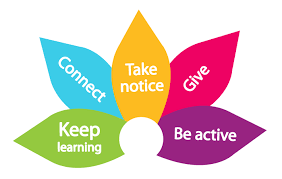
How to improve the wellbeing of employees
When managing health and safety at work, it’s easy to focus on just the physical hazards of the workplace. This is where most of the legislation lies, with the biggest penalties being dealt out for non-compliance.
However, employee wellbeing addresses both the physical and emotional health of employees. Aiming to prevent problems arising or, if they do, helping employees to cope with them. This allows the issues to have a minimal impact on their work.
Research shows that having positive wellbeing in the workplace leads to an increase in motivation and productivity, whilst reducing absenteeism and staff turnover. Therefore, creating a workplace culture which supports employee wellbeing should be the goal of any business.
While the benefits are obvious, the negatives of not looking after employee wellbeing speak loudly. With the Centre for Mental Health suggesting that UK companies lose £34.9 billion in productivity because of mental health issues alone.
Don’t limit your business to just health and risk assessments, ensure you improve wellbeing for your employees outside of the legal requirements. Let’s look at some ways you can below.
You can set aside funds to encourage the activeness of employees or improve workplace facilities. Whether that be through infrastructure or through education, there are a few key areas you can focus on.
This is the most simple way to improve physical wellbeing, make your employees more physically active. To improve physical wellbeing, an employee doesn’t need to spend hours in the gym but simply move around the office more.
This can be encouraged by implementing an initiative in the workplace where you educate employees on the dangers of a sedentary lifestyle and encourage them to stand up and move throughout the day.
Though it is important to note this “policy” idea is intended to provide permission to employees to get up and moving; it is not meant to be policed.
Funds can also be spent on equipment such as standing desks or a foot peddler to improve their health. Or for those employees who are interested in working out at a local gym, you could look for a group discount to provide them with.
Ideas
• Educational workshops
• Policy/initiatives in the workplace with group walks
• Discounted/free gym memberships
• Weekly/monthly exercise classes at the workplace
• Equipment such as standing desks
Diet is an important factor in an employee’s physical wellbeing. Over a long working day, it’s inevitable they’ll want a snack at some point. As an employer, you can encourage wellbeing with healthy and nutritional snacks around the workplace.
You can go a step further and ensure there are healthy options when holding workplace functions or events. Always opt for a healthier set of dishes for your employees.
Allowing for an adequate space where employees can store and prepare food also promotes healthy eating. Many convenient lunch meal deals from supermarkets or corner shops are either very calorific or offer little nutritional value. This allows employees to bring in healthier options.
Ideas
• Healthy snacks at work
• Healthy food at work events
• Adequate food storage and preparation equipment at work
Sleep deprivation plays a big part in an employee’s wellbeing. If you lack sleep every night, there are some serious ramifications for your long-term health. Research shows that as a result of less sleep, individuals “move slower, have trouble concentrating, become forgetful, make bad decisions, are more irritable, and show visible signs of sleeplessness.”
How can you promote better sleep habits? Encourage employees to take regular breaks and ensure there are reasonable work schedules in place. Promote or provide tips for good sleep at home such as limiting screen time and avoiding stimulants like caffeine too close to bedtime.
Ideas
• Education
• Reasonable work schedules
Mental wellbeing in the workplace is something that is incredibly important towards a productive business but is often last on the list of priority.
As mental health is almost invisible compared to physical health, it can often go by the wayside even to those suffering. This leads to an inevitable crash at work if you do not encourage positive mental health wellbeing.
Here are some ways you can encourage mental wellbeing in your workforce.
Ideas
• Invest in an EAP
• Provide mental health resources and programmes
Providing employees with external support measures, such as EAPs, are a great option. However, if you engage with employees, this is a great way to encourage wellbeing alongside this.
If you show you care in the workplace, it can help foster positive wellbeing and bring a workforce closer together.
Whether that be through more one-on-one meetings and recognition, or with events paid for by the company. When talking to an employee, show you care about them as a person, ask about their life, talk about their career and goals rather than just job performance and just engage with them.
We hope this has been useful. Remember to share this information with others in the company.
Contact us if you require further information.
Guest Blog with David Price from Health Assured https://www.healthassured.org/. Thank you!
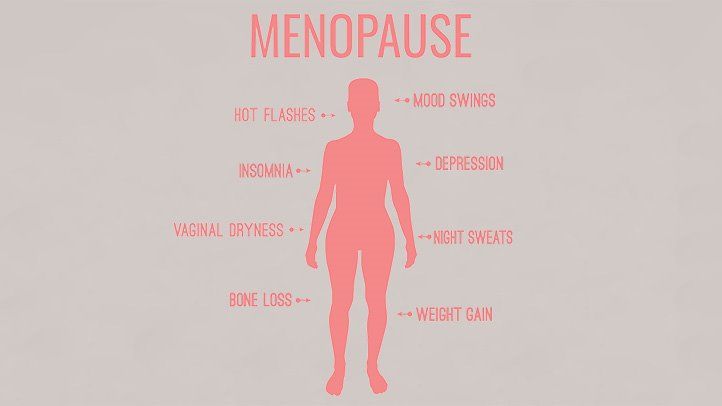
Menopause at Work
Menopause occurs when a woman hasn’t menstruated in 12 consecutive months and can no longer become pregnant naturally. It usually begins between the ages of 45 and 55, but can develop before or after this age range.
Menopause can cause uncomfortable symptoms, such as hot flashes and weight gain. For most women, medical treatment isn’t needed for menopause.
100% of women will go through menopause but that’s nothing new. What has changed is women’s role in the UK workforce.
Women currently comprise nearly half the UK workforce and the number of older UK women in employment has been rising for a number of years alongside the rising retirement age.
As a result of this more women are experiencing menopause whilst working. Moreover, growth in female leadership means the number of women in senior roles is rising and will continue to do so.
So, menopause is more relevant in the workplace today than it was even 20 years ago because women are working longer and they’re working in more senior positions too. The menopause symptoms women will experience can affect performance at work and impact relationships with managers, colleagues and clients.
Symptoms include poor memory and concentration resulting in an inability to recall facts, figures and names leading to a loss of confidence with colleagues and clients. Hot flushes aren’t just uncomfortable they’re embarrassing too. How would you feel about leading an internal meeting or pitching to clients when you’re at risk of visibly breaking into a sweat every 30 minutes?
The good news is with the right support and access to balanced expert information women can successfully learn to manage symptoms at work and at home too.
Start by reviewing the occupational health and wellbeing documentation you may have in place. If you require this documentation, please contact us.
Updating your occupational health and wellbeing documentation is just one way your organisation can support female employees through menopause.
In the meantime, if you have any queries, please contact us.
Alternatively, contact hello@talkingmenopause.co.uk to discuss the range of solutions available to your organisation to minimise the impact of menopause in the workplace.

5 Dirtiest Public Places We Go to Every Day
As the number of COVID-19 cases start to fall and lockdown is eased across the country, it is more important to be aware of protecting ourselves and others from illness and do all we can to prevent the spread of germs.
Many of the places that we may visit on a daily basis try to promote cleanliness to ensure customers and employees are in a safe environment.
Here are 5 of the Dirtiest Public Places We may Go to Every Day!
The majority of offices have cleaners who regularly wipe down all the surfaces and remove visible dirt. However, offices can quickly become a hub to a lot of bacteria, you’d be surprised how much is lurking all around your workspace each day. Encourage staff to use antibacterial wipes and sprays to clean their work areas more frequently. Request that they limit sharing stationery.

Estimated number of germs 5 Dirtiest Public Places We Go to Every Day
Most of us have to use public transport each day to commute to work. Unfortunately, trains and buses are often tightly packed spaces during the rush hour, which is an environment that bacteria thrive in. With 2 million people on average riding the tube every day, it’s safe to say that your daily commute is one of the places you’re most at risk of coming into contact with harmful bacteria. Ensure that you carry antibacterial gel and always wear a face covering.
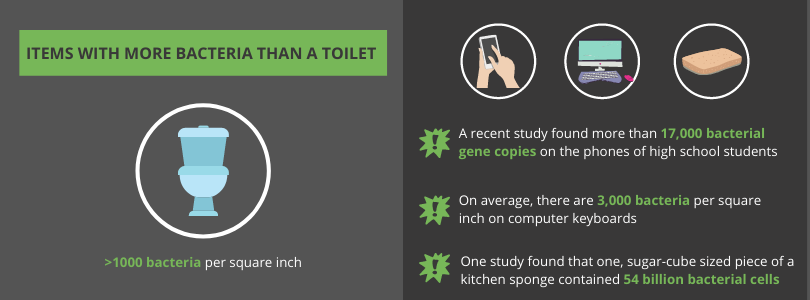
5 Dirtiest Public Places We Go to Every Day
Using public bathrooms is often unavoidable, however, it’s important that you make sure to wash your hands thoroughly and use hand sanitiser after using them. Surprisingly, however, there are many things you’ll come into direct contact with each day that contains far more bacteria than a toilet seat. Keeping hands clean is really important. Be mindful of what you touch or pick up.
Visiting a restaurant is often an experience we consider to be luxurious, however, once seeing how much bacteria can be harboured in these spaces, you might reconsider! From the high chairs to the menus, unfortunately, these are environments where bacteria can spread rapidly. With COVID-19 there are new procedures in place, so ordering from your mobile and paying with a card is becoming the norm.
It is true that the spaces where we buy our food and other essential items is a breeding ground for bacteria. Once returning home, you should thoroughly wash any fresh food you have bought and wipe down any packets, tins and packing to remove any bacteria you might have brought back with you. Only pick up items in a supermarket you intend to buy. It is now frowned upon to pick things up and return them to the shelf.
There are general principles you can follow to help prevent the spread of respiratory viruses, including:
• washing your hands more often – with soap and water for at least 20 seconds or use a hand sanitiser when you get home or into work, when you blow your nose, sneeze or cough, eat or handle food
• avoid touching your eyes, nose, and mouth with unwashed hands
• avoid close contact with people who have symptoms
• cover your cough or sneeze with a tissue, then throw the tissue in a bin and wash your hands
• clean and disinfect frequently touched objects and surfaces in the home.
Remember to look at the previous blogs for advice. They may be of benefit. Please feel free to forward our blogs onto your contacts, friends and family.
Remember to stay safe and be compliant!
Contact us should you wish to find out more.
Written with Guest Blogger Katherine Myers from https://elite-sec.com/